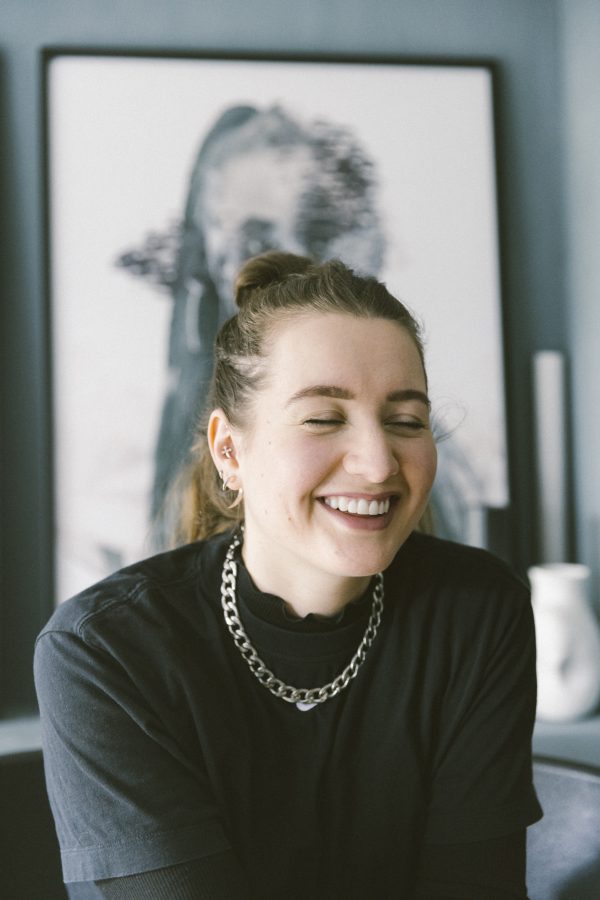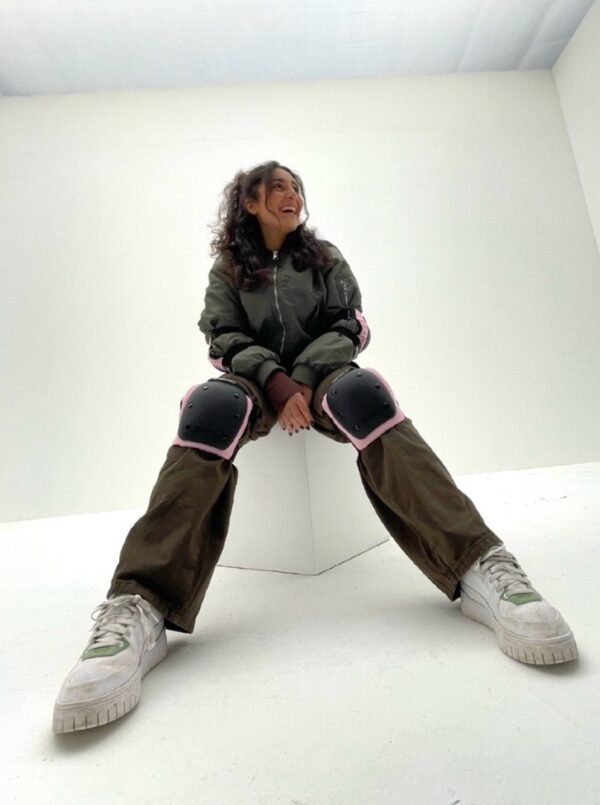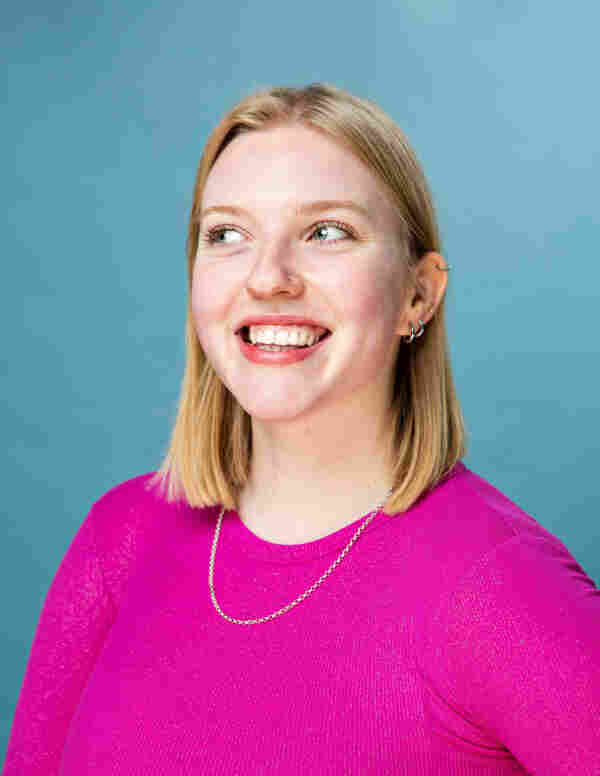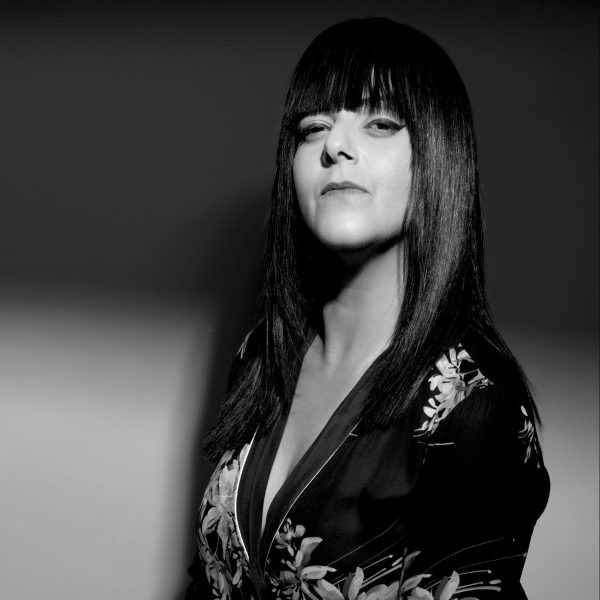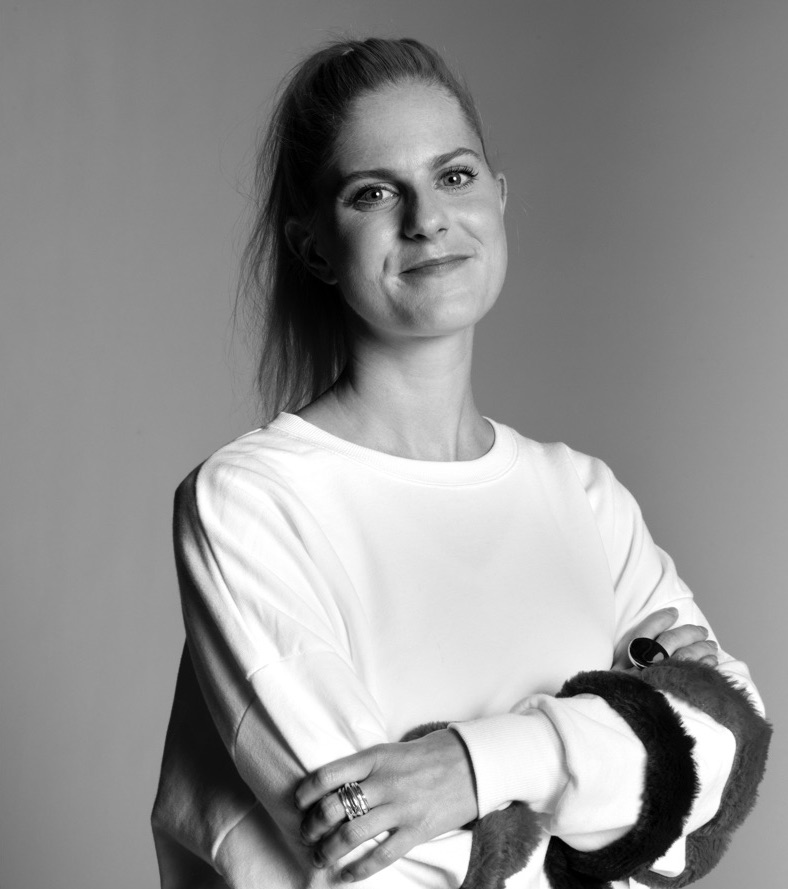Read Time 8 minutes
Jessa Fairbrother’s radical softness
I first became aware of Jessa’s work at Photo London back in 2017. Small analogue portraits [self portraits I would later come to learn] dotted with constellations of tiny pin-pricks, mapped out in the shape of wings.
I was there assisting a gallery, so I didn’t have a huge amount of time to visit the vast exhibition, but I would dart repeatedly back to the stall at The Photographer’s Gallery to steal another glance at Jessa’s work in-between shift breaks & lunchtimes. The work, so precise & delicate, captured my imagination so intensely, that when I came across it again some two years later at Unseen Amsterdam, I had to buy a piece.
After one failed attempt at recording my interview with Jessa over Zoom, and multiple back-and-forths to reschedule, we finally settled on a written interview. In our initial conversation, Jessa used the term ;radical softness,’ which in a way shaped the way I perceived her work. See post-script for further explanation.
I hope you enjoy reading our interview as much as I have, talking to Jessa over the last few months.
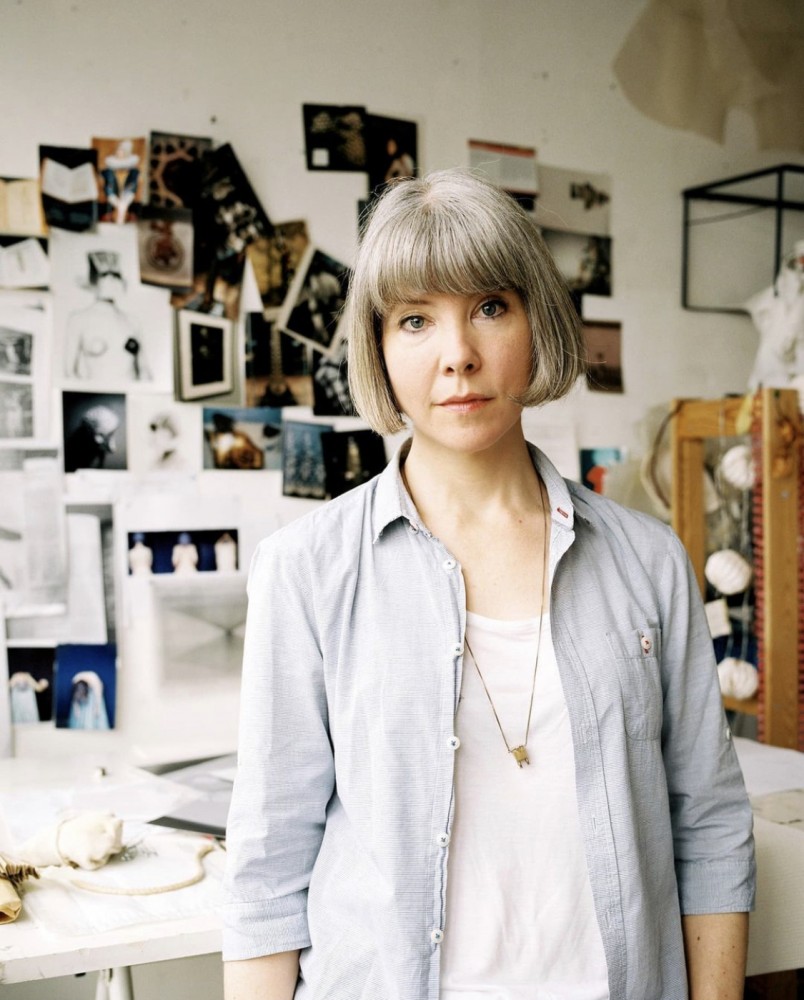
Tell me a little about your process of creating.
My practice is all-encompassing as it involves being in the work––which is photographic––and then marking the pieces by hand with tiny sewing needles. Both elements are performative and labour-intensive. Strength has become a very important element in the last few years. Partly to cope with the physical demands of the repetitive action of hand-marking the photograph, and partly from the physical demands of putting my body into shapes for the work.
How do you feel when you’re performing for the camera? [How much of an idea do you go in with – are the movements choreographed so to speak – do you feel self-conscious at all when it’s just you & the camera?]
I have very specific work I want to make when I go into the studio and it always comes out of reading around a subject. If I’m trying to make something about the sensation of flight, for example, I have a strong idea about what is going to convey that, and will act out a series of actions in the hopes of getting that across.
But going into the studio isn’t an isolated experience. I bring all the thoughts and conditions I have. So, while I say no, I don’t feel self-conscious [it is my ongoing practice which I am dedicated to] – I am also looking at things I experience with this body in this world. I suppose what I am trying to say is: I am not self-conscious but I am ‘present’ in the making of the work.
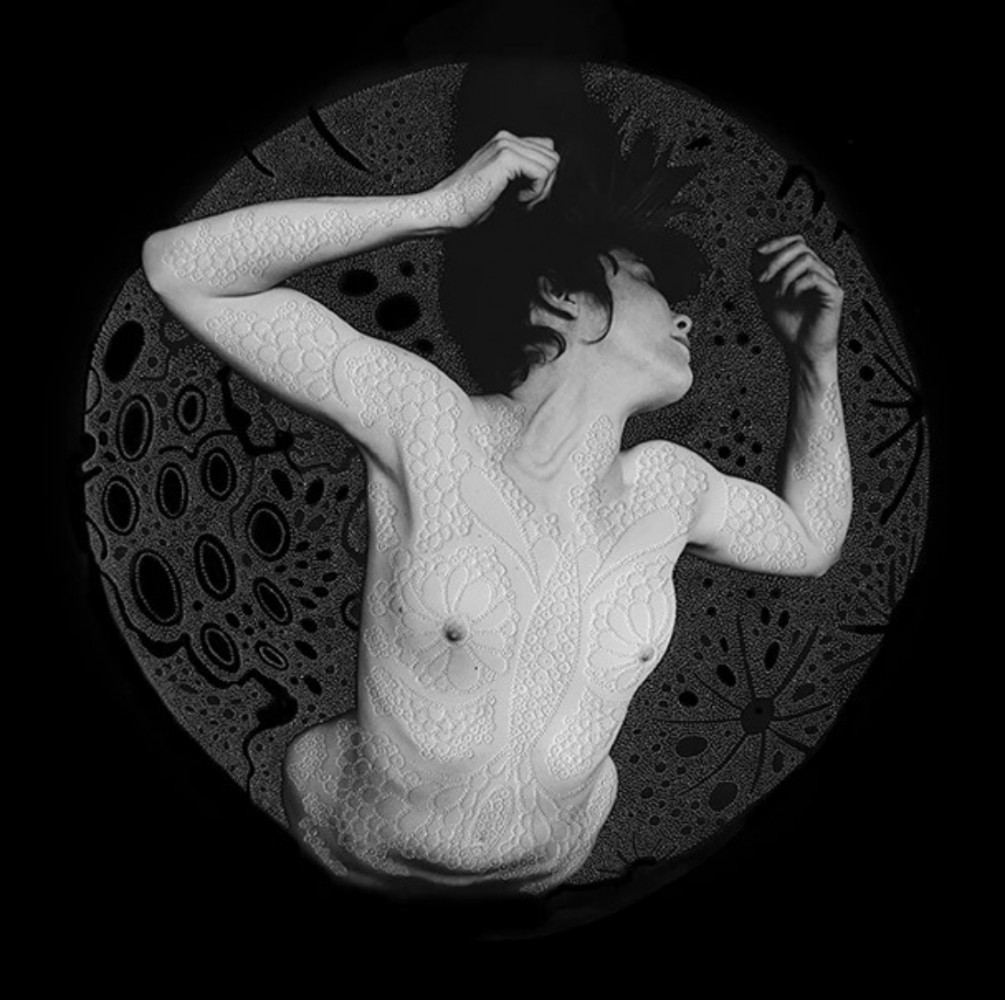
Which part of the process is most vulnerable for you? Creating the work, or releasing it into the world?
This made me question where I think vulnerability sits and what vulnerability really is … I think it’s when making the work, because that’s when I am at my most porous with the thought and the way I want to express that thought. An unplanned chance encounter can be really damaging.
When I make work, I feel I can’t ‘do’ much else – I get crunched over. It’s a physical reaction to trying to hold onto something. At least, that’s how I visualise it. It’s a different sort of vulnerability when I talk about the work, because although I am there representing why I did it––and that is overwhelming sometimes––by that time I have processed the thought and articulated the idea, so I’m ready.
I think vulnerability is tied to when I am at my most porous – there is a risk that something could be derailed in my thoughts. So I am really careful about protecting that aspect of being an artist.
How does it feel to see your image on other people’s walls and hanging in gallery spaces?
I am fascinated to see how my art lives in people’s homes, when I occasionally do. I think of it as being alive. It’s powerful to know that it made meaning for someone else, for them to want to see it every day.
The gallery is an important part of me letting go of the work, and an important part of contextualising it through text and curation. For me, the gallery gives the weight of lineage, of the artists who came before me. It’s a responsibility for me to author work using a needle and give it the solemnity of that lineage and practice.
Where did the needlepoint begin? What, or who inspired its inception? There’s a duality to it, it being a fragile and vulnerable process, but also quite a violent one …
I’ve always been able to sew … I can’t remember the beginning of it. But the moment I began to sew into my photographs is something I remember vividly.
My mother had died, and I was holding the photographs I had made of her when she was ill. I wanted to conceal how she had been made to look by her illness. I thought it was unkind for others to see her in a way she would not have wanted. So I cut her out of the image. Then I felt awful about that, so I started to embroider over her instead.
I worked out that I could just puncture the photograph and leave a mark without the thread, and that had its own language too. The action of puncturing felt difficult – it is a violent act of perforating the skin of the photograph, but the process is also one of attaching the person who is sewing to the person in the image. These are the threads that became extremely meaningful to me.
I worked out that I could just puncture the photograph and leave a mark without the thread, and that had its own language too. The action of puncturing felt difficult – it is a violent act of perforating the skin of the photograph, but the process is also one of attaching the person who is sewing to the person in the image. These are the threads that became extremely meaningful to me.
Tell me about your latest body of work. What would you like your audience to take from it?
I think about words to hinge my work on a lot – I come back to ‘yearning’ and ‘the abyss.’ There is a body of work I finished in 2021 very much about being ‘in’ the abyss – I float amongst planets, space … something vast. I’m always scratching away at trying to give shape to the feeling we struggle to articulate … a black hole just out of sight but ever-present. I called it The Trapeze Artist because I wanted it to be about that feeling just before you leap into the space to catch the bar, hoping it’s swinging towards you. It is about seeing a black hole or being in a black hole — beautiful and terrifying at the same time.
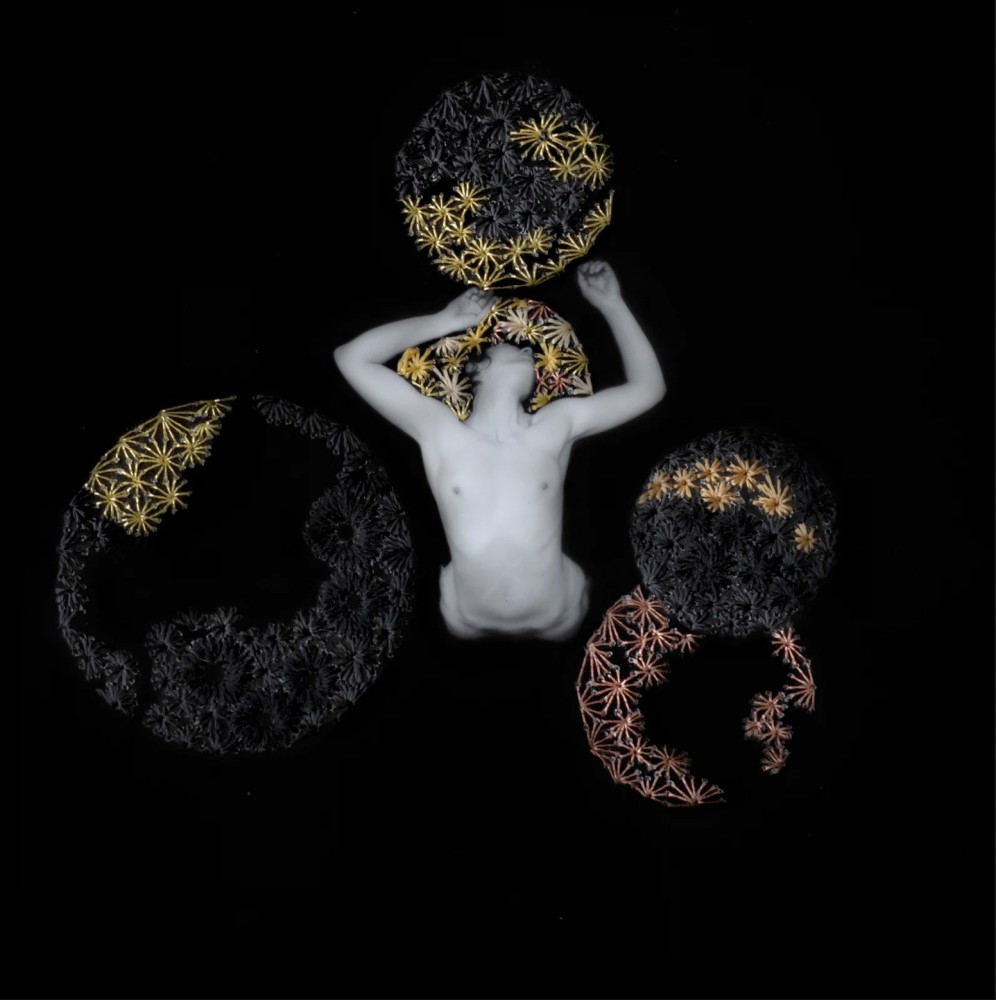
A black hole out of sight but ever present.
Are you ever surprised by the reaction of your audience to a piece, or by the meaning they impose on it?
I am mindful I don’t know what it is that people are going to feel, but in the specificity of what I make from my own position I hope it creates something that someone else can make meaning with. That there is an encounter there — I make a work, there is a reading of that work and then there’s an enriched reading of that for someone else to bring to it.
Do you collect work by other artists? If so, who is in your collection?
I have accumulated various pieces over years – either swapped with other artists or gathered through long-standing friendships … they tend to be tactile in concept, process or meaning.
Most recently I bought a piece by Rose Vickers through the Artist Support Pledge – she makes work resembling quilts but they’re pieced together entirely from wooden rulers. I love the sense of the hand of the person who made it being part of the work.
POST SCRIPT
The term ‘radical softness’ is an idea originated by poet and artist Lora Mathis in 2015. The phrase ‘radical softness as a weapon’ describes the phenomenon of abrasively feminine content to illustrate the feminine condition. ‘Radical softness is the idea that unapologetically sharing your emotions is a political move and a way to combat the societal idea that feelings are a sign of weakness.
Jessa used this phrase in our first conversation and it stuck in my head as a strikingly visceral way to speak about the work.
END
subscribe for the latest artist interviews,
historical heronies, or images that made me.
what are you in the mood for?

